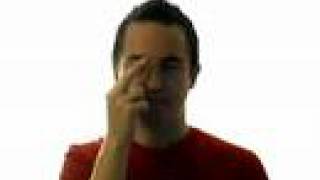Full Title: Use of complementary and alternative therapy by women in the first 2 years after diagnosis and treatment of invasive breast cancer
OBJECTIVE:: Our aim was to document patterns of consultation with alternative practitioners, use of complementary and alternative medicine (CAM) commonly used to alleviate menopausal symptoms, and lifestyle changes made by women in the first 2 years after their diagnosis with invasive breast cancer. METHODS:: A total of 1,588 women in the MBF Foundation Health and Wellbeing After Breast Cancer Study completed both the enrollment questionnaire and the first follow-up questionnaire (FQ1), on average, 41 and 92 weeks after diagnosis, respectively. The Menopause Quality of Life Questionnaire and the Psychological General Wellbeing Index were included in the FQ1. Logistic regression analysis was used to examine characteristics associated with consulting a CAM practitioner or using CAMs. RESULTS:: At the time of completion of the FQ1, 16.4% of women had consulted a CAM practitioner and 10.6% reported using at least one CAM commonly used to alleviate menopausal symptoms. Women who consulted a CAM practitioner and women who were using at least one CAM at the time of completion of the FQ1 were, on average, younger and more educated and had a higher Menopause Quality of Life Questionnaire score than did women who did not. Of the women, 33.6% reported having made a dietary change, and the most common lifestyle change was an increase in physical activity, which was reported by 29.0% of women. CONCLUSIONS:: The frequency of use of CAMs in common usage for menopausal symptoms by women with breast cancer was lower than anticipated, increased with time from diagnosis, and is associated with more severe menopausal symptoms.
Menopause. 2010 May 24. Davis SR, Lijovic M, Fradkin P, Bradbury J, La China M, Schwarz M, Bell RJ. From the 1Women's Health Program, Department of Medicine, Monash University, Alfred Hospital; 2Department of Medicine, Monash University, Alfred Hospital; and 3Alfred Health, Prahran, Victoria, Australia.





















